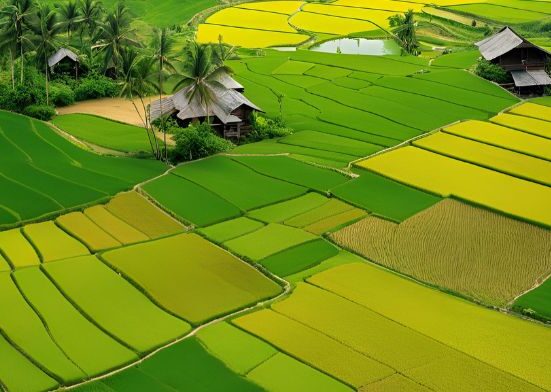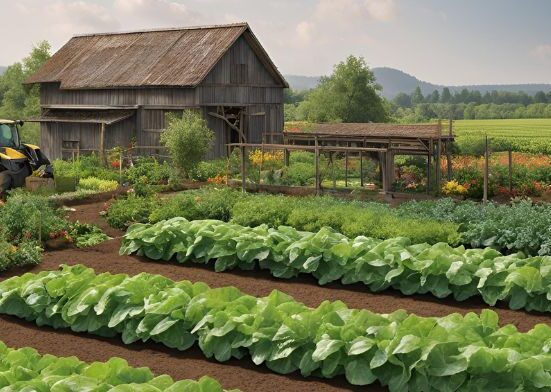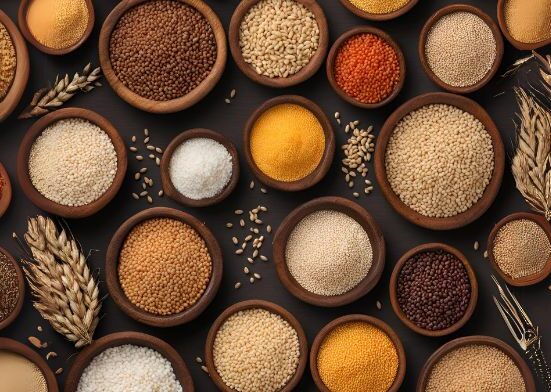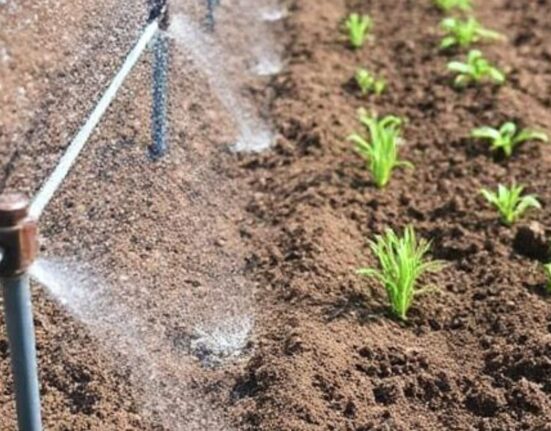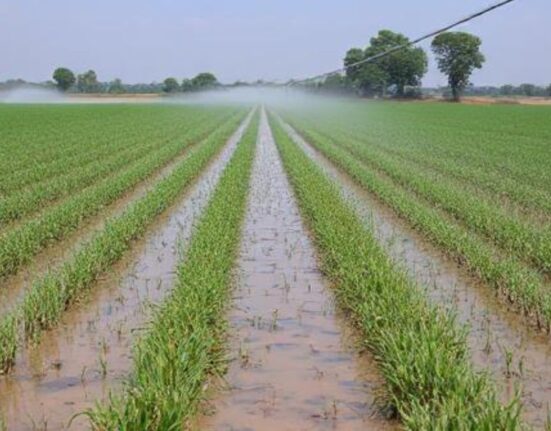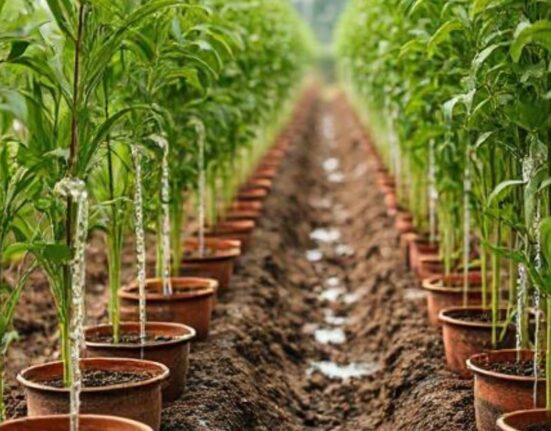Flood irrigation is one of the oldest and most widely used methods of watering crops. It involves flooding a field with water, allowing it to flow over the surface and soak into the soil. This technique has been practised for centuries and is still common in many agricultural regions worldwide due to its simplicity and low initial cost.
Despite its long history, irrigation comes with both advantages and disadvantages. While it can be highly effective for specific crops and soil types, it raises concerns about water efficiency, soil health, and environmental impact. In this blog post, we’ll look at the pros and cons of flooding irrigation. Whether you’re a farmer considering this method or simply curious about irrigation techniques, this guide will help you understand when flood irrigation might be a practical choice—and when alternative methods may be more suitable.
How Flood Irrigation Works
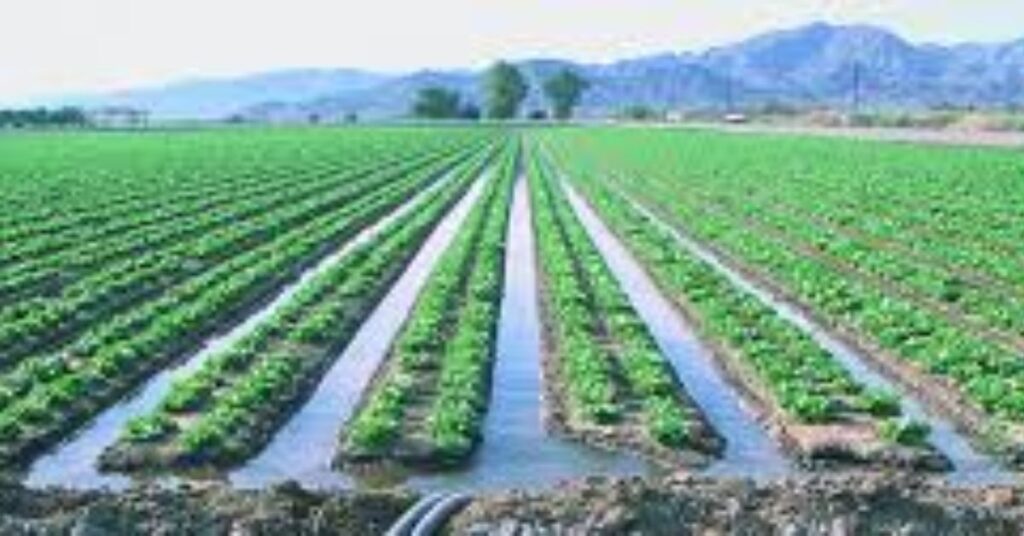
Flood irrigation operates by channelling water directly from a source, such as a river, reservoir, or canal, onto the farmland. The water spreads across the soil surface, allowing crops to absorb moisture as it seeps into the ground. This method depends on proper planning to ensure even distribution and prevent waterlogging or runoff.
furrow irrigation systems range from simple gravity-fed channels that rely on natural slopes to more controlled setups with levees, gates, 5 Common Mistakes In Sprinkler System Design and valves to regulate water flow. While the concept is straightforward, effective implementation requires a solid understanding of land contours and water management practices.
The Role of Flood Irrigation in Agriculture
Flood irrigation is vital in sustaining agricultural production, particularly in regions with abundant water supplies. It is commonly used for crops like rice, grains, and vegetables, which thrive under consistent soil moisture. In areas where rainfall is unpredictable, this method provides a reliable water source, stabilizing crop yields and supporting food security.
However, with growing water conservation and sustainability concerns, flood irrigation phoenix faces increasing scrutiny. As water resources become more limited, farmers re-evaluate traditional practices and explore more efficient irrigation technologies.
Advantages of Flood Irrigation
Flood irrigation remains widely used due to its several advantages to using irrigation, especially in large-scale farming operations.
- Low Setup Costs – Flood irrigation is affordable and requires minimal infrastructure, making it an accessible option for farmers with limited budgets. Its simplicity also reduces ongoing maintenance costs.
- Ample Area Coverage – This method can quickly irrigate vast fields, making it ideal for crops that require consistent soil saturation, such as rice and pastures. It is especially effective during droughts when water needs to be distributed over large areas.
- Nutrient Distribution – As water flows across the field, it naturally carries nutrients and fertilizers, evenly distributing them to crops. This process can enhance soil fertility and promote healthier plant growth.
- Groundwater Recharge – Flood irrigation helps replenish groundwater by allowing excess water to seep into aquifers, providing long-term water storage benefits in areas with declining water tables.
- Simple Operation – The system’s ease of use requires no advanced technology, making it practical for farmers in rural and developing regions.
Disadvantages of Flood Irrigation
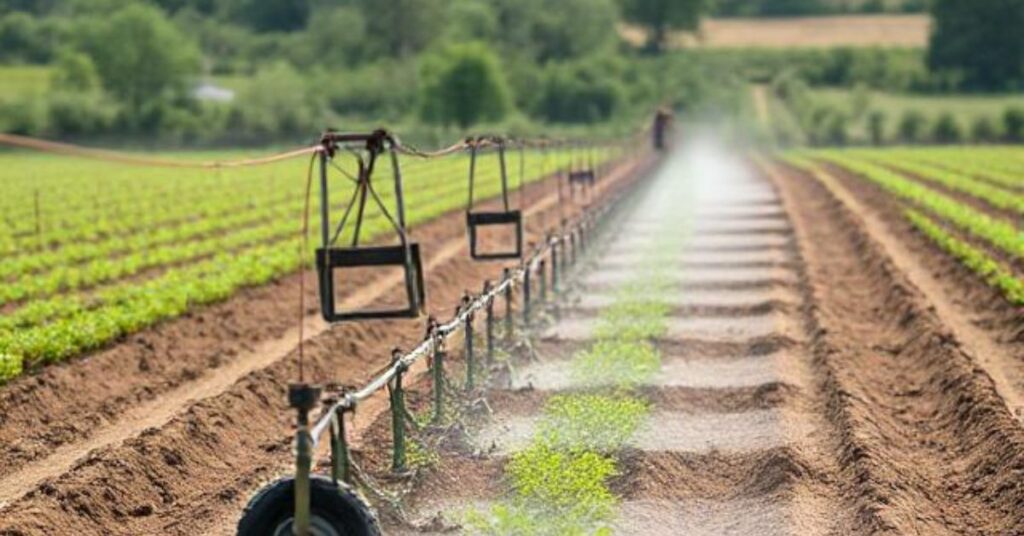
Despite its advantages, flood irrigation advantages and disadvantages has notable drawbacks, particularly regarding water efficiency and environmental impact.
- Water Waste – One of the biggest concerns is water inefficiency. Much water is lost through evaporation, runoff, or deep percolation, leaving crops under-irrigated and wasting valuable resources. Efficiency rates often range between 50–60%.
- Soil Erosion and Salinization – Excessive water flow can wash away topsoil, depleting nutrients and reducing soil fertility. Additionally, when water evaporates, it leaves behind salts, leading to soil salinization, which can harm crops and reduce productivity.
- Risk of Waterlogging – Improper planning or over-irrigation can saturate the soil, leading to waterlogging. This reduces oxygen availability for roots, damaging plant health and yield.
- Labor Intensive – While the setup is simple, maintaining and managing water flow requires manual intervention, which can be time-consuming and labour-intensive.
- Environmental Impact – Flood irrigation can disrupt natural ecosystems by diverting water from rivers and lakes, impacting wildlife habitats and downstream water availability.
Drip Irrigation: pros and cons of flood irrigation
Pros of Drip Irrigation:
- Water Efficiency – Drip irrigation delivers water directly to plant roots, minimizing evaporation and runoff, making it one of the most water-efficient irrigation methods.
- Precise Water Delivery – It allows targeted watering, ensuring each plant receives the exact amount of moisture, promoting healthier growth.
- Reduced Weed Growth – Since water is applied only to specific areas, surrounding weeds receive less moisture, limiting their growth.
- Prevents Soil Erosion – The slow, steady release of water prevents soil disturbance, maintains soil structure, and reduces erosion risks.
- Energy Efficient – Drip systems consume less energy at low pressure than sprinkler or flood irrigation methods.
- Fertilizer Application – Fertilizers can be delivered directly through the system, The Complete Beginner’s Guide to Drip Irrigation improving nutrient absorption and reducing waste.
- Adaptability – Drip irrigation systems can be customized for different crop types, landscapes, and soil conditions.
Cons of Drip Irrigation:
- High Initial Cost – Installation can be expensive, especially for larger fields or complex layouts.
- Maintenance Requirements – Clogging of emitters due to dirt, algae, or mineral buildup requires regular maintenance and filtration systems.
- Durability Issues – Tubes and emitters are prone to damage from pests, flood irrigation cons, weather, and farming equipment.
- Limited Coverage – It’s unsuitable for crops requiring high water volumes or large-scale flood irrigation.
- Technical Knowledge – Effective use may require training or technical expertise to properly install and manage the system.
Technological Innovations in Flood Irrigation
As agriculture continues to advance, technology is playing a vital role in overcoming the challenges associated with flood irrigation. What Are Cash Crops New innovations are focused on improving efficiency, reducing water waste, and minimizing environmental impacts.
Enhancing Water Management
Modern water management technologies, such as automated gates and precision field levelling, have significantly boosted the efficiency of flood irrigation systems. These tools enable farmers to control water flow more accurately, Top Tips For Better Surface Irrigation ensuring even distribution and minimizing runoff. These advancements help conserve water and promote sustainable agricultural practices by directing water precisely to crop root zones.
Intelligent Monitoring and Control Systems
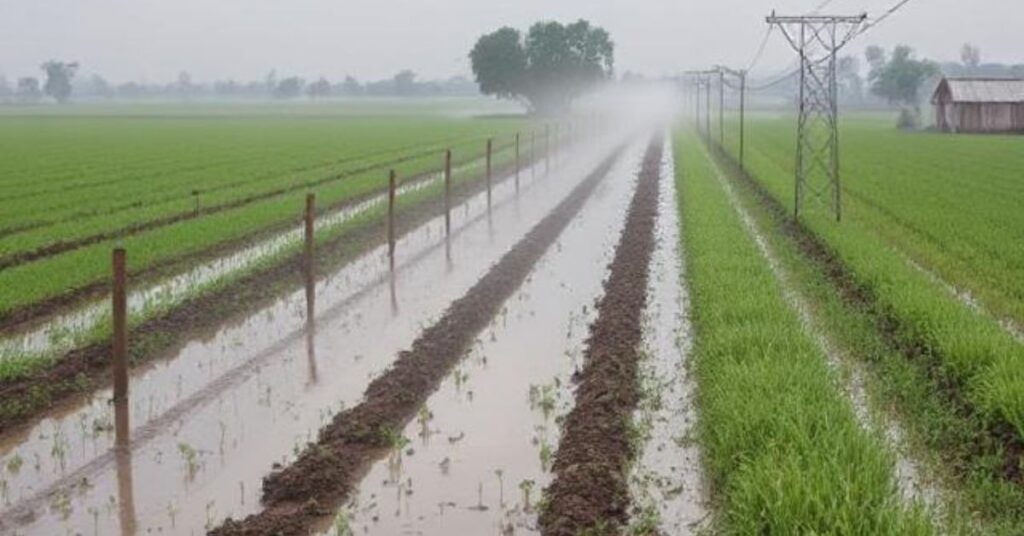
Today’s monitoring and control systems provide real-time data on soil moisture, weather patterns, and water flow rates. This allows farmers to make informed decisions about when and how much water to apply, reducing waste and improving overall performance.
With the integration of sensors that measure soil moisture at multiple depths, advantages and disadvantages of flood irrigation, farmers can better understand crop water needs. This data enables them to fine-tune irrigation schedules, ensuring crops receive the right amount of water without over-irrigating.
Remote Sensing and Drones
Remote sensing technologies, including drones equipped with multispectral cameras, offer a bird’s-eye view of crop health and water distribution. These tools can quickly identify areas experiencing water stress, allowing for targeted irrigation where it’s most needed. Saltwater Farming: This precision not only saves water but also supports healthier crop growth.
A Sustainable Future for Flood Irrigation
By combining traditional flood irrigation methods with modern technologies, farmers can achieve higher efficiency and sustainability. These innovations make it possible to reduce water usage, improve crop yields, and minimize environmental impacts, paving the way for a more sustainable future in agriculture.
Conclusion
Flood irrigation remains one of the oldest and most widely used methods of watering crops, offering simplicity, affordability, and effectiveness for large-scale farming. Its ability to cover vast areas quickly and support water-intensive crops makes it a practical choice, especially in regions with abundant water supplies. However, its limitations, including water inefficiency, soil erosion, and environmental concerns, cannot be overlooked in today’s world, where sustainable water management is critical. Technological advancements have significantly improved drip irrigation practices. Tools like precision levelling, automated gates, soil moisture sensors, and remote sensing technologies have made this traditional method more efficient and environmentally friendly. These innovations allow farmers to optimize water usage, reduce waste, and enhance crop yields while addressing sustainability challenges.
Despite its drawbacks, flood irrigation can still be viable when combined with modern technology and strategic planning. As the agricultural industry faces increasing pressure to conserve water and reduce environmental impacts, integrating innovative technologies with traditional methods will improve efficiency and sustainability. Ultimately, the success of drip irrigation depends on balancing its benefits with modern solutions to mitigate its disadvantages. By adopting innovative approaches, farmers can ensure this age-old practice continues to support global food production without compromising environmental health.
FAQ
What is Flood Irrigation?
Flood irrigation involves channelling water across fields, allowing crops to absorb moisture directly from the soil surface.
Where is Flood Irrigation Commonly Used?
It’s widely used in areas with flat terrain and abundant water supplies, especially for crops like rice and pastures.
What are The Main Benefits of Flood Irrigation?
It’s cost-effective, simple to set up, covers large areas quickly, and improves soil moisture and nutrient distribution.
What are The Drawbacks of Flood Irrigation?
It can lead to water waste, soil erosion, salinization, and inefficient usage, especially in arid regions.
How Can Flood Irrigation Efficiency be Improved?
Precision levelling, automated gates, soil moisture sensors, and modern water management technologies improve efficiency.



